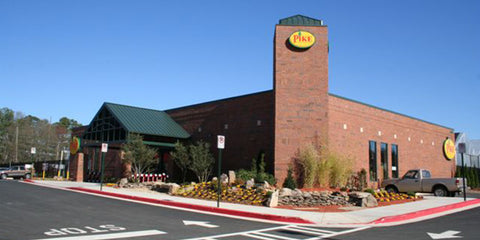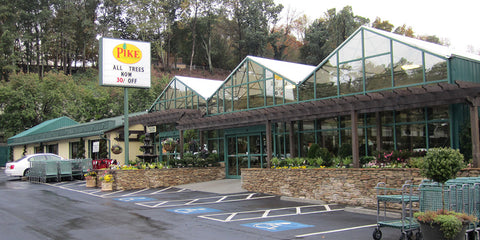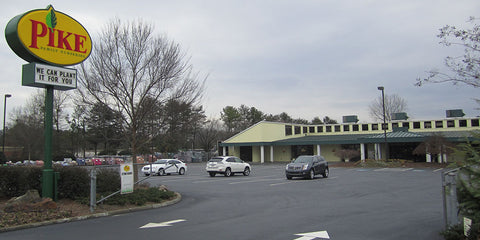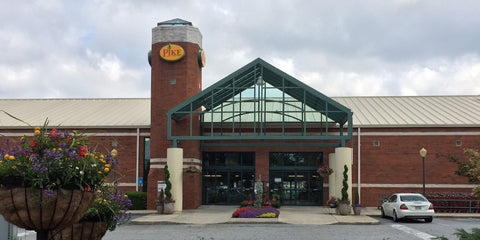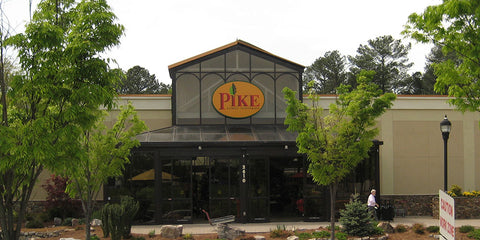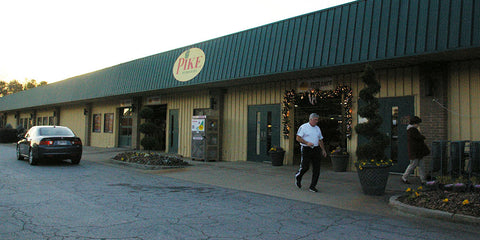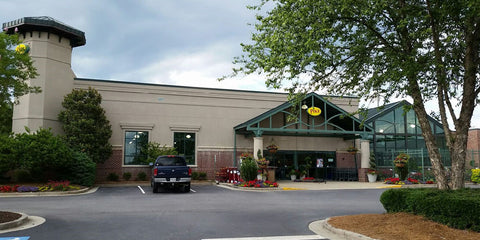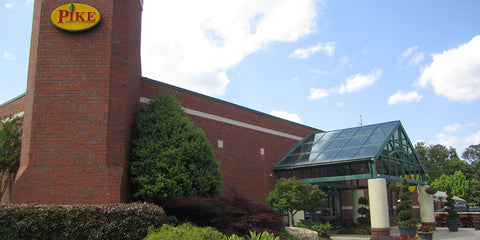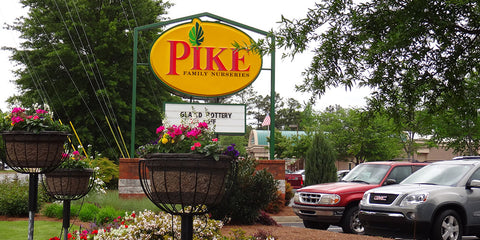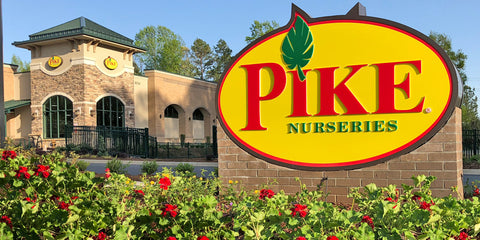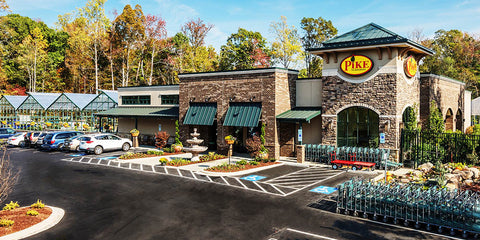Details
Caladiums are a dense herbaceous annual with a mounded form. Its relatively coarse texture can be used to stand it apart from other garden plants with finer foliage.
This is a relatively low maintenance plant, and should not require much pruning, except when necessary, such as to remove dieback. Deer don't particularly care for this plant and will usually leave it alone in favor of tastier treats. It has no significant negative characteristics.
Caladiums are recommended for the following landscape applications:- Accent
- Mass Planting
- General Garden Use
- Container Planting
- Hanging Baskets
Features
Caladium have attractive heart-shaped leaves remain green in color with showy red, white and pink variegation throughout the season. Neither the flowers nor the fruit are ornamentally significant.
Care
Planting & Growing
Caladium will grow to be about 18 to 24 inches tall at maturity, with a spread of 16 inches. When grown in masses or used as a bedding plant, individual plants should be spaced approximately 12 inches apart. This annual will normally live for one full growing season, needing replacement the following year.
This plant does best in partial shade to shade. It prefers to grow in average to moist conditions, and shouldn't be allowed to dry out. It is not particular as to soil type or pH. It is highly tolerant of urban pollution and will even thrive in inner city environments. This particular variety is an interspecific hybrid. It can be propagated by multiplication of the underground bulbs; however, as a cultivated variety, be aware that it may be subject to certain restrictions or prohibitions on propagation.
Caladiums are a fine choice for the garden, but it is also a good selection for planting in outdoor containers and hanging baskets. It can be used either as 'filler' or as a 'thriller' in the 'spiller-thriller-filler' container combination, depending on the height and form of the other plants used in the container planting. Note that when growing plants in outdoor containers and baskets, they may require more frequent waterings than they would in the yard or garden.







